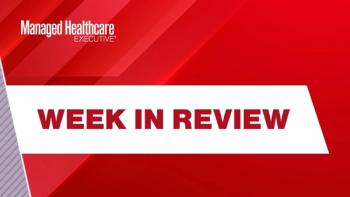
Just 10% of healthcare organizations using data, analytics
A new survey from KPMG of 270 healthcare professionals found only 10% are using advanced tools for data collection with analytics and predictive capabilities.
The presence of data and analytic tools to improve both the quality and efficiency in healthcare are being felt, but there are more benefits to be realized from these investments, according to a recent survey.
In a survey,
“We are only skimming the surface about using the full potential of data and analytics to improve healthcare and the executives surveyed see the full potential being reached in three to four years,” says John Weis, director of data & analytics at KPMG.
Related:
The benefits from data and analytics are balanced between business intelligence (34%), improving clinical outcomes (27%) and lowering costs (24%). Life sciences companies see the biggest benefit from business intelligence (56%), health plans cite lowering costs (35%), and providers cite improved clinical outcomes (32%), followed by business intelligence (29%).
The biggest barriers to reaching that potential are organizations that keep their data in silos that are not standardized or shared across the organization, according to Weis. Only a small percentage-less than a fifth of respondents-found that a lack of infrastructure was a barrier to using these tools.
Health plan respondents are slightly ahead of the curve versus the rest of the healthcare industry about what they are doing with the data-making it more predictive and seeing its importance strategically, according to Weis.
“They were much more resolute about the ability to use big data to lower costs [35% vs 24% industry average),” he says. “They also were a bit more skeptical about when the investments in data analytics would pay off, but approximately two-thirds of respondents from health plans see the full clinical benefits being realized within four years.”
Each sector has different priorities and maturity levels when it comes to the use of big data, according to Weis.
“However, the end result will be a much more effective healthcare system,” he says. “Healthcare organizations need to begin the journey regardless of where they are in the maturity curve of data analytics.”
Newsletter
Get the latest industry news, event updates, and more from Managed healthcare Executive.

















































